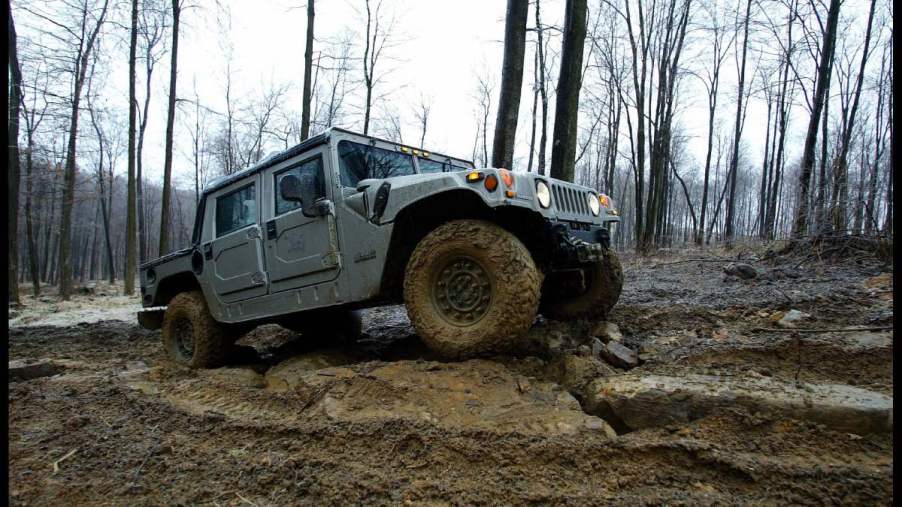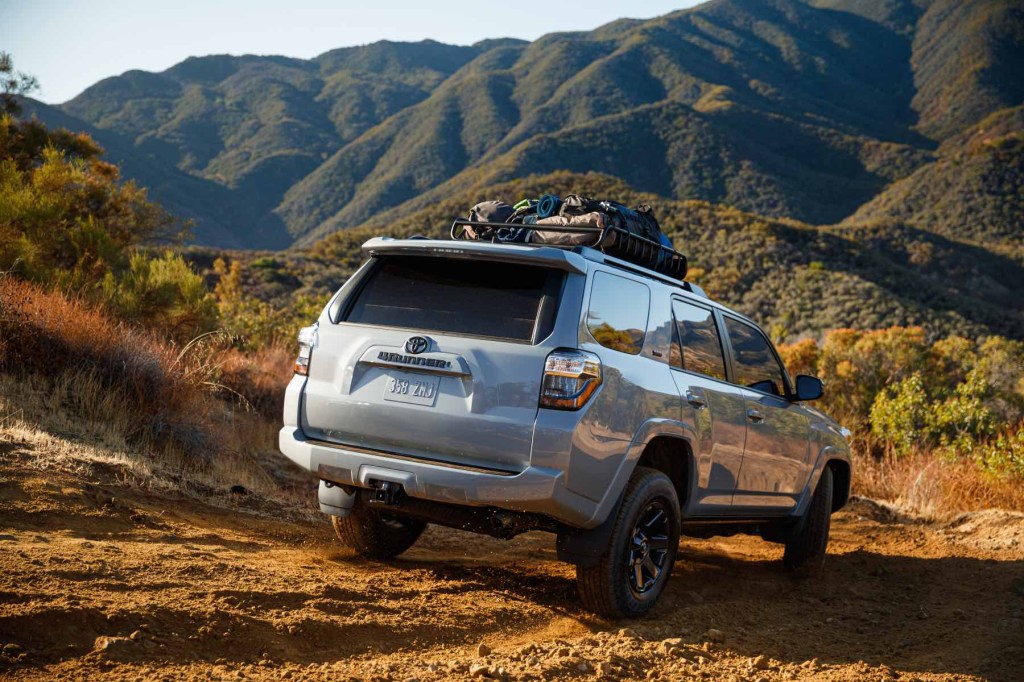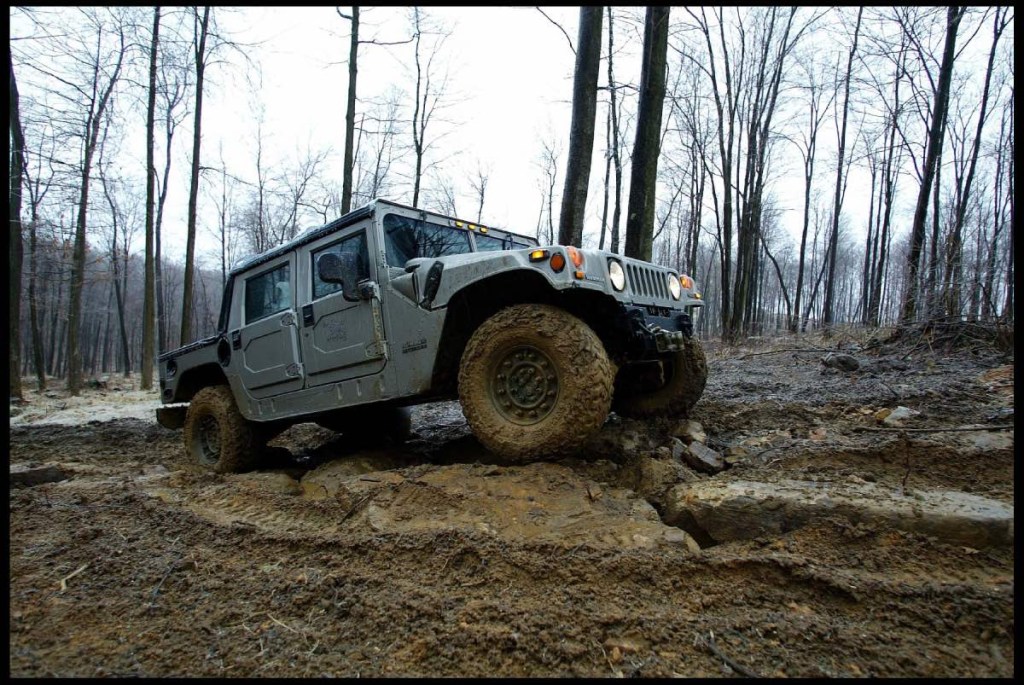
3 Downsides of 4-Wheel Drive
Four-wheel drive – the choice of off-road vehicles, SUV enthusiasts, and rural workers nationwide. It’s long been the top choice for creating maximum mechanical grip in trucks, SUVs, and ATVs. But is it really right for everyone? While four-wheel drive certainly has advantages, 4×4 vehicles have some notable disadvantages. Here are the downsides of four-wheel drive.
How does four-wheel drive work?
Four-wheel drive is a system that uses a mechanical differential to deliver power to all four wheels.
For most folks, this refers to a part-time four-wheel drive that switches between rear-driven and all-driven wheels with manual selection. All-wheel drive and full-time four-wheel drive operate a bit differently.
Jason from the YouTube channel Engineering Explained shows how this system works. Most 4×4 vehicles have a mechanical transfer case that allows selection between four-wheel drive and two-wheel drive. Having two gear ranges – low and high – is also typical for varying speed and torque needs. Finally, many 4×4 vehicles have a locking rear differential that forces the wheels to turn at the same speed and generate extra traction in low-grip conditions.
These are significant advantages for vehicles that frequently encounter mud, snow, steep inclines with low grip, and other off-road obstacles. However, four-wheel drive downsides are still worth considering.
Four-wheel drive systems can impact fuel efficiency with extra weight

Equipping an SUV or truck with four-wheel drive usually means adding extra weight that can affect fuel economy – a notable disadvantage.
Take the Toyota 4Runner, for example. Check the base two-wheel drive 4Runner’s spec sheet, and you’ll see a curb weight of around 4,400 pounds, according to Edmunds. The same trim with four-wheel drive adds an extra 275 pounds to the curb weight.
In some models, the fuel efficiency difference between a rear-wheel drive and a four-wheel drive version is negligible despite the weight disparity. However, that can quickly change once you engage four-wheel drive.
Switching to four-wheel drive can increase fuel consumption. More mechanical engagement saps more power from the engine and impacts efficiency. Plus, there’s extra force applied through all four wheels.
Most 4×4 systems have to be manually activated

A traditional four-wheel drive system requires the driver to manually switch between drive modes. Some models even have mechanical levers with more complex engagement protocols.
This might not be a problem for off-road enthusiasts or truck lovers, but the average driver might find it annoying.
Nowadays, it’s easy to find many vehicles with full-time all-wheel or four-wheel drive. These models automatically deliver power to all four wheels for helpful traction without requiring manual selection. They may not be as brutally rugged as a traditional 4×4 setup, but they’re plenty capable for the average driver.
It isn’t always suitable for pavement
Traditional four-wheel drive isn’t good for pavement use – especially if you’ve locked the differential.
When four-wheel drive is engaged in most vehicles, the front and rear wheels spin at the same speed. It’s perfect for off-road traction but can cause problems on pavement.
As Jason explains, a car’s front and rear wheels turn at different speeds when going around a turn. Locking them together in four-wheel drive means the front wheels will want to move faster than they physically can. It creates many problems on the tarmac – excessive tire wear is chief among them.
Full-time four-wheel drive systems get around this by adding an additional center differential that allows the front and rear wheels to move at different speeds.
Is four-wheel drive worth it for a truck or SUV?
Four-wheel drive is worth it for rugged off-roading at a worksite or trail. It can also be a boon to those living in regions with heavy snowfall.
However, most drivers probably don’t need an old-school 4×4 setup. Even those who regularly deal with rain and snow are likely better served by a milder all-wheel drive system and a good set of tires.


